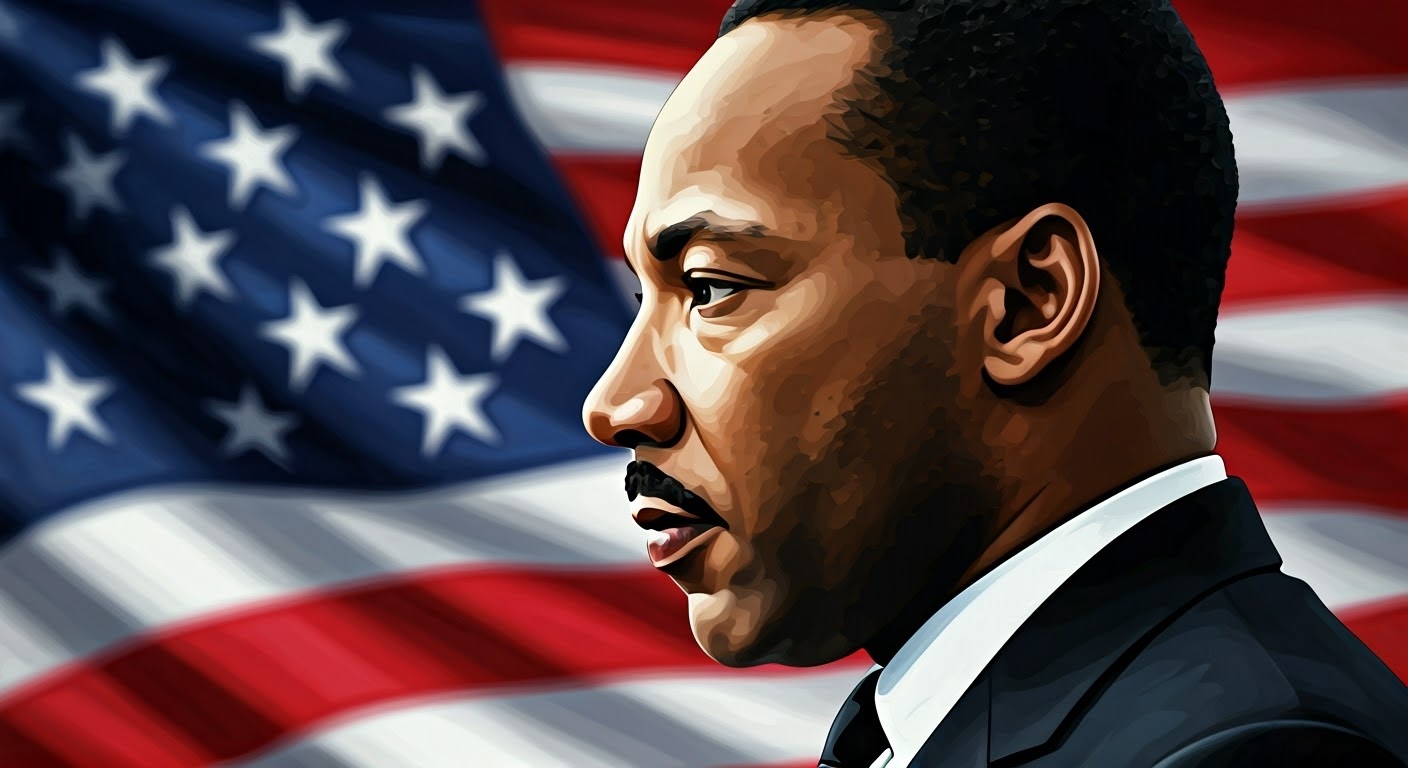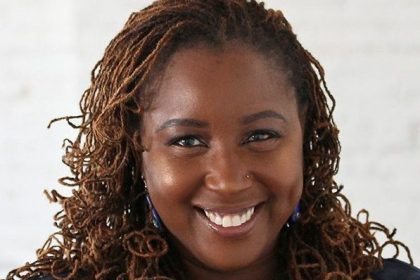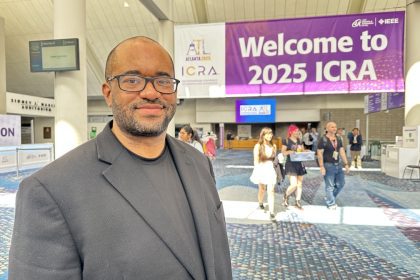Exploring the lesser-known dimensions of a civil rights icon
The annual observance of Martin Luther King Jr. Day invites Americans to reflect on a transformative figure whose vision fundamentally reshaped the nation’s moral landscape. Beyond the familiar narratives and celebrated speeches lies a more nuanced portrait of a man whose complexity often escapes public knowledge. As we commemorate his enduring legacy, this exploration reveals the multifaceted nature of Dr. King’s remarkable journey.
The man behind the movement
A name that defined a legacy Born Michael King Jr. in 1929 Atlanta, the future civil rights leader would not carry this name throughout his life. Following a transformative trip to Germany in 1934, his father—a respected Atlanta pastor—changed both their names to honor the Protestant reformer Martin Luther. This renaming would prove prophetic, as the younger King would similarly challenge established institutions and inspire profound social change.
Early struggles shaped his worldview Behind King’s commanding public presence lay a childhood marked by emotional turbulence. At merely 12 years old, he attempted suicide following his grandmother’s death—a devastating event that precipitated a profound crisis. This early encounter with grief offers insight into the depth of his emotional life and the personal struggles that informed his later compassion for human suffering.
Leadership qualities emerged early His professional life began humbly as an Atlanta Journal paperboy. By 13, he had already displayed the leadership abilities that would later define him, becoming the youngest assistant manager at the newspaper’s delivery station. This early responsibility foreshadowed his capacity to organize and inspire others toward common goals.
Activism’s personal costs
A life frequently interrupted The price of King’s activism manifested in concrete ways—29 arrests throughout his public career. These incarcerations became opportunities for profound reflection, most notably producing the “Letter from Birmingham Jail.” This powerful document articulated his philosophy that laws must be evaluated through the lens of justice rather than mere legality, establishing a framework for civil disobedience that continues to influence social movements worldwide.
Violence shadowed his work Years before his assassination in Memphis, King narrowly survived another attempt on his life. In 1958, while signing books in New York, he was stabbed by Izola Ware Curry. The letter opener came perilously close to his aorta, demonstrating the constant danger surrounding his peaceful activism. This earlier attack underscores how he persisted despite knowing the potential cost of his advocacy.
The pursuit of justice continued Following King’s 1968 assassination, his family sought accountability beyond the conviction of James Earl Ray. Their civil lawsuit against the federal government alleged a broader conspiracy in his murder. In 1999, a jury’s symbolic verdict awarded the family just $100, which they donated to charity. This legal effort represented the his family’s determination to establish a fuller historical record regarding his death.
Unexpected dimensions
Finding connection through recreation Despite his serious public image, King embraced life’s pleasures, particularly enjoying billiards. Pool provided more than recreation—it offered genuine connection with community members across social barriers. This humanizing aspect of King reminds us that great leaders maintain their fundamental humanity despite their elevated historical status.
A vision for representation in culture King’s appreciation for cultural progress extended to media representation. His admiration for Star Trek—particularly Nichelle Nichols’ groundbreaking role as Lieutenant Uhura—revealed his understanding that social progress required transformation across all aspects of society, including entertainment. He recognized how seeing Black Americans in dignified, futuristic roles could expand possibilities in the public imagination.
Legacy in concrete form
Recognition across the landscape The physical manifestation of King’s impact spans American geography, with over 950 streets bearing his name nationwide. Only nine states lack such commemorative thoroughfares. This widespread recognition illustrates how deeply his legacy has become embedded in American public space and memory.
Symbolic architecture The Martin Luther King Jr. Memorial in Washington stands at “1964 Independence Avenue SW”—an address deliberately chosen to commemorate the Civil Rights Act of 1964. This legislative landmark, which King helped secure, dismantled legal segregation across American institutions. The memorial’s location thus subtly reinforces the connection between his advocacy and concrete legal change.
A singular honor King’s designation with a federal holiday places him in exceptionally rare company—joining only George Washington among Americans so honored. Observed on the third Monday of January, this recognition followed years of advocacy after his assassination and represents the nation’s formal acknowledgment of his transformative importance to American democracy.
Historical impact
Youth and recognition When awarded the Nobel Peace Prize in 1964, King became its youngest recipient at 35. This international recognition validated his nonviolent approach at a crucial moment in the civil rights struggle, bringing global attention to American racial injustice while affirming the moral authority of peaceful resistance.
Pivotal legislation King’s strategic activism directly influenced two foundational pieces of civil rights legislation: the Civil Rights Act of 1964 and the Voting Rights Act of 1965. These laws fundamentally reconstructed American society by dismantling legal segregation and protecting voting rights for Black Americans, transforming abstract principles of equality into enforceable legal protections.
Spontaneous inspiration The iconic “I Have a Dream” sequence in King’s 1963 March on Washington speech emerged without planning. When gospel singer Mahalia Jackson called out “Tell them about the dream, Martin,” he departed from his prepared text and delivered impromptu remarks that would become among the most recognized American oratory. This moment of spontaneous eloquence demonstrated his remarkable ability to articulate profound moral vision even without preparation.
A shared legacy
Partnership in progress Coretta Scott King emerges as a formidable figure in her own right—earning two bachelor’s degrees while partnering with her husband in the struggle for justice. After his assassination, she continued their shared work, ensuring his legacy would endure while expanding it to encompass broader human rights concerns. The King legacy thus represents their collective contribution to American progress.
As we commemorate Martin Luther King Jr.‘s life, we recognize not merely an icon frozen in history but a complex individual whose multiple dimensions continue to offer insights into moral courage, strategic activism, and human resilience. His legacy challenges us to continue the unfinished work of creating a more just and equitable society—work that remains as urgent today as during his lifetime.















